| After such a bruising election process, it’s good to know that November also has a “World Kindness Day,” observed in a smattering of countries (apparently, we’re having trouble “just getting along” with one another). Kindness, and its cousins sympathy and empathy, continue to be studied by psychologists for the insight they provide into how the brains of humans (and other species) work. Also, agriculture: in 1850 fully 64 percent of the labor force worked in agriculture; by 1967 only 5 percent did. Mechanization enabled this dramatic shift. And finally, Marie Curie’s birthday is celebrated on November 7. It’s also a good time to ponder the course of the comparatively new field of studies in radioactivity (a term she coined) and atomic physics.
And for our 175th anniversary year, more gems from Scientific American’s history can be found at Artifacts from the Archive.
|

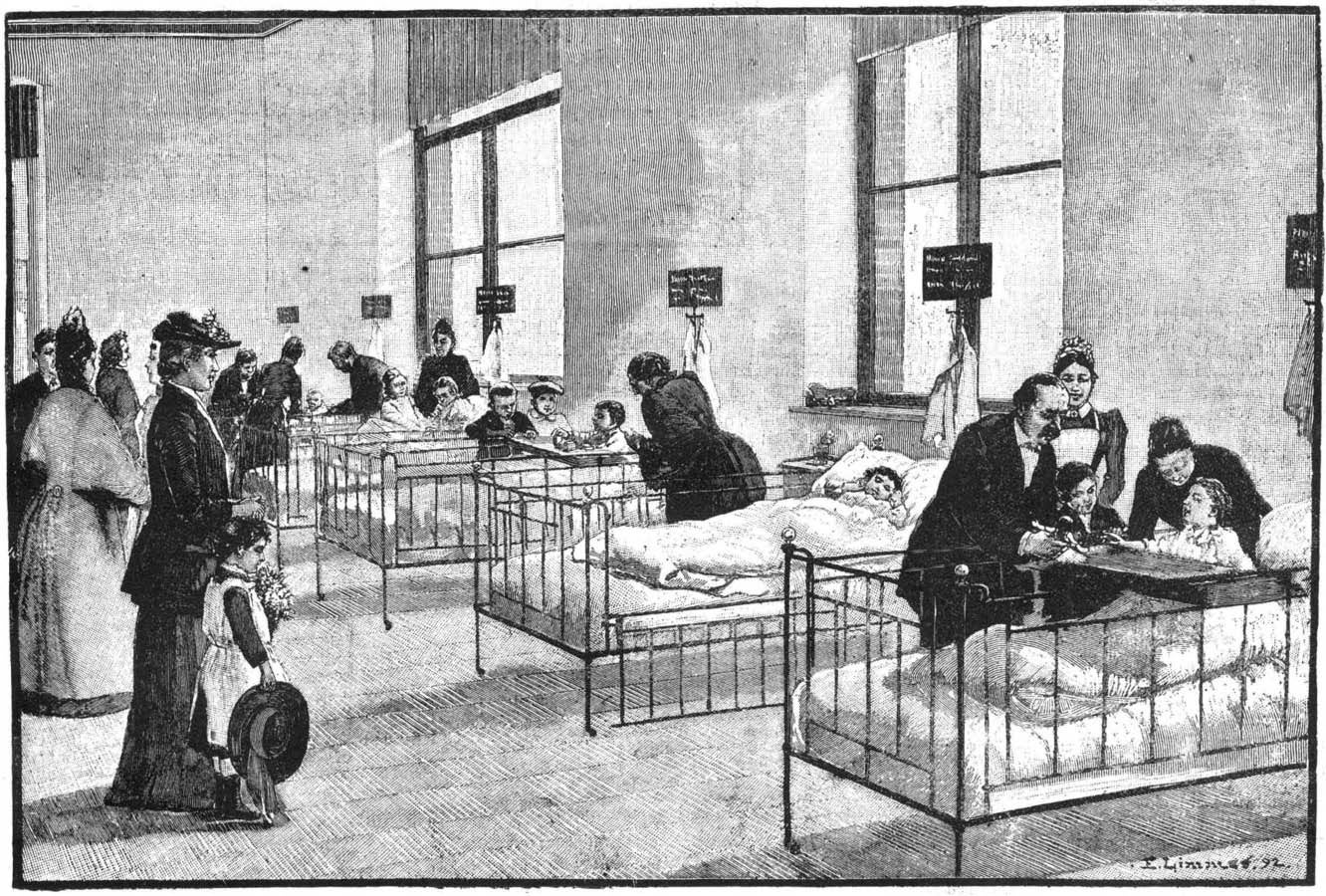
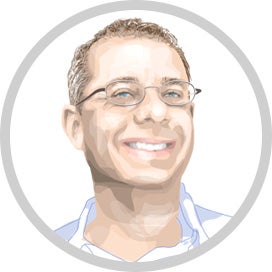
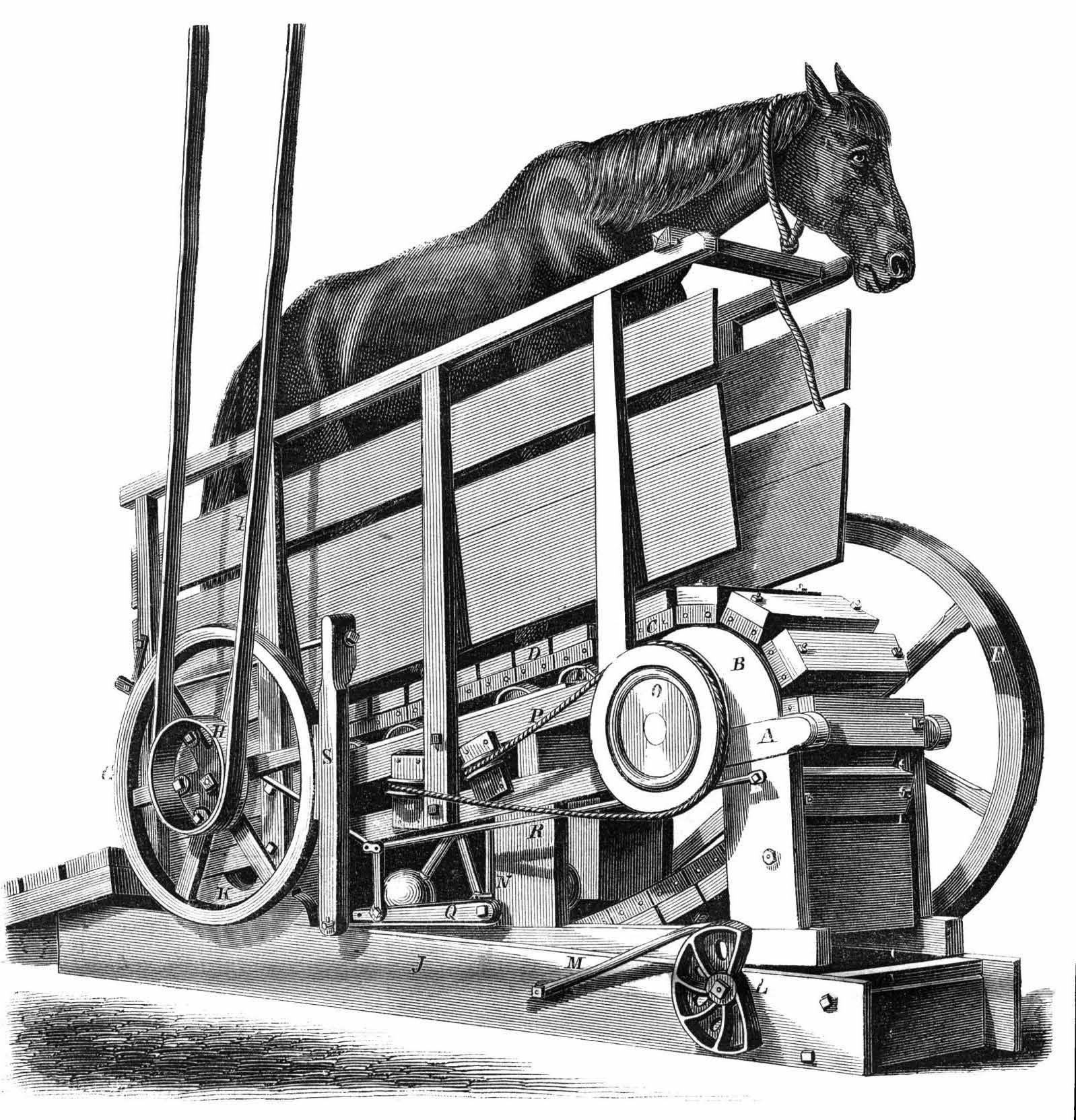


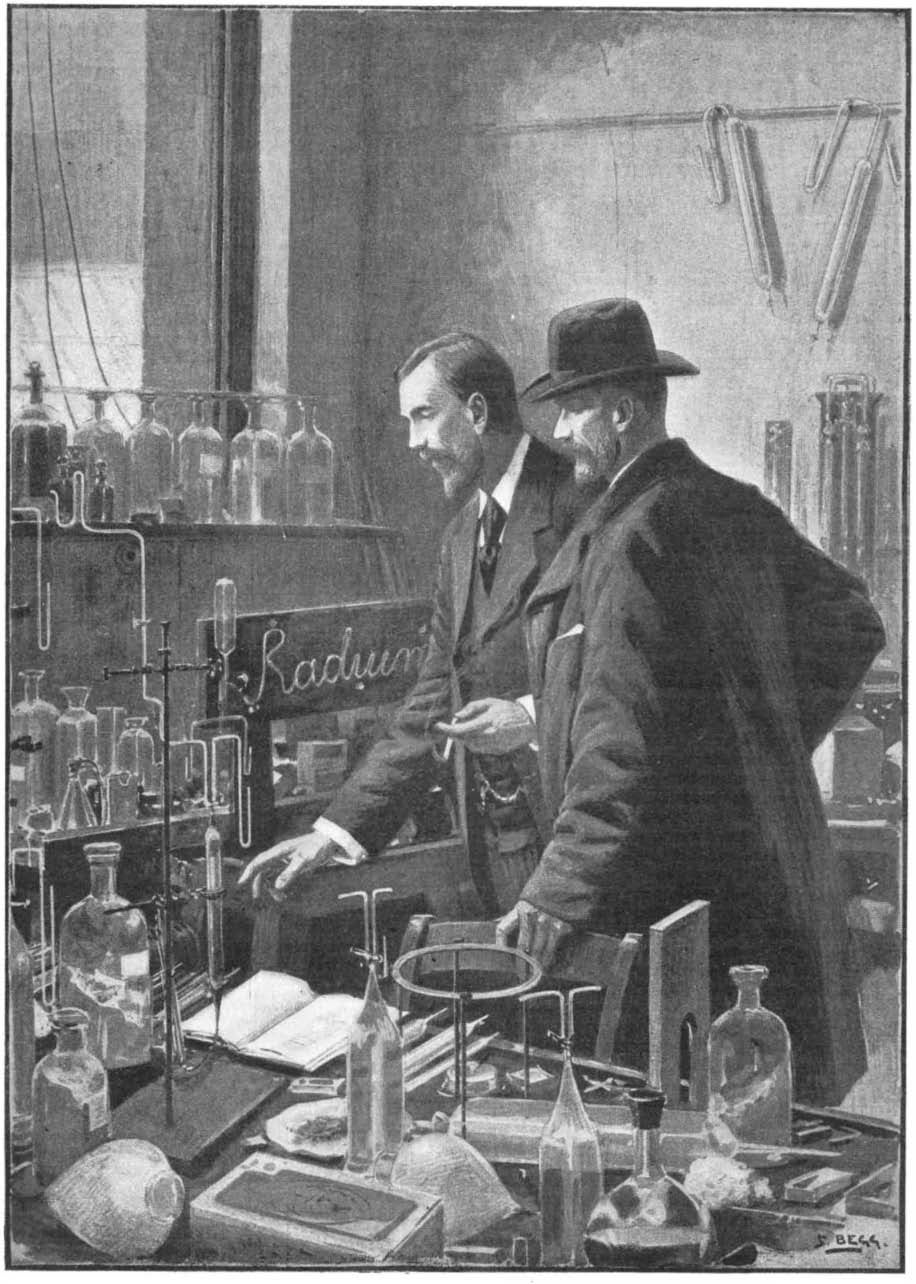
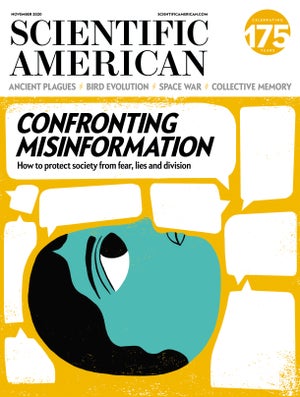




Comments
Post a Comment